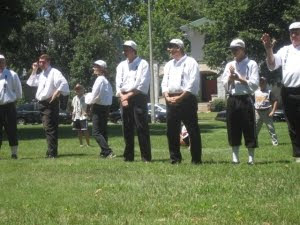Yet until recently, we didn't even know what the Edwards daughters or grandchildren looked like in their youth. That all changed thanks to the generosity of an Edwards family descendant. Benjamin and Helen Edwards's great-great-granddaughter recently made 15 historical images of the Edwards Family available to the Art Association, giving us a priceless window into the 19th century.

Of particular interest is a photograph of little Tom Condell, taken when he was four years old. Research into the Edwards family letters has enabled us to pinpoint the exact date it was taken: Wednesday, February 5, 1868, at S. P. Tresize's Enterprise Gallery in Springfield. Tom was living with his grandparents while his parents, Helen and Moses Condell, were setting up a farm in Kansas. Three days after the photo was taken, Helen Edwards wrote to her daughter: "Alice took Tom down on Wednesday last to Tresize's to have his picture taken. They are done this evening - so I shall probably be able to send you one. He is very well, and I think growing fat." A week later Alice wrote to her sister Helen: "We think Tom's pictures splendid, the one in which he is sitting is too sober, but still a good likeness...the suit he has on is the one Mrs Ferguson and I made him, he is more proud of it than you can imagine and is always delighted when he can put it on."
With this one simple image, several touching family scenes from more than 140 years ago is brought to life: a small boy putting on his favorite suit; a young aunt taking her nephew into a bustling post-Civil War town to have his photograph taken; a family sitting together and examining the pictures; two women writing to a loved one far away to report the progress of her small son.







